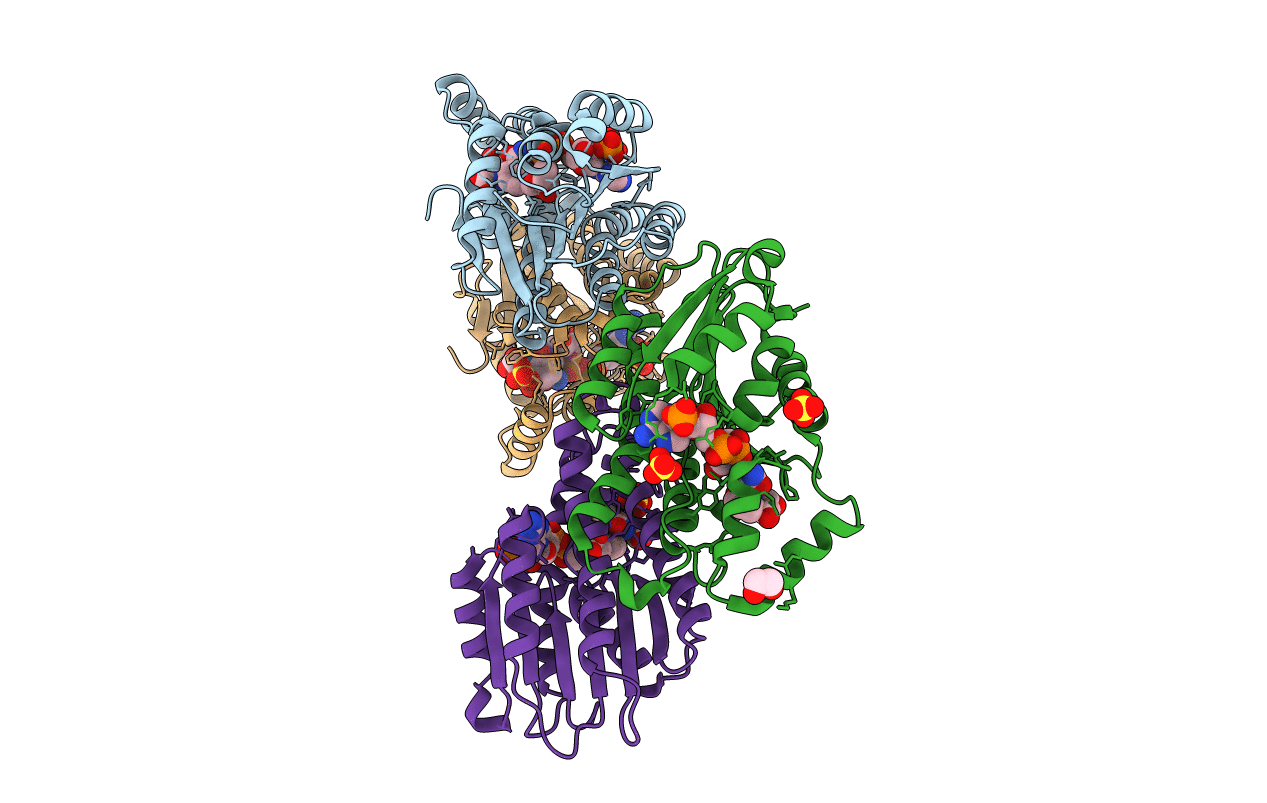
Deposition Date
2015-03-31
Release Date
2015-11-18
Last Version Date
2024-01-10
Entry Detail
PDB ID:
4Z3K
Keywords:
Title:
Human sepiapterin reductase in complex with the cofactor NADP+ and the trypthophan metabolite xanthurenic acid
Biological Source:
Source Organism:
Homo sapiens (Taxon ID: 9606)
Host Organism:
Method Details:
Experimental Method:
Resolution:
2.35 Å
R-Value Free:
0.21
R-Value Work:
0.18
R-Value Observed:
0.18
Space Group:
P 61


